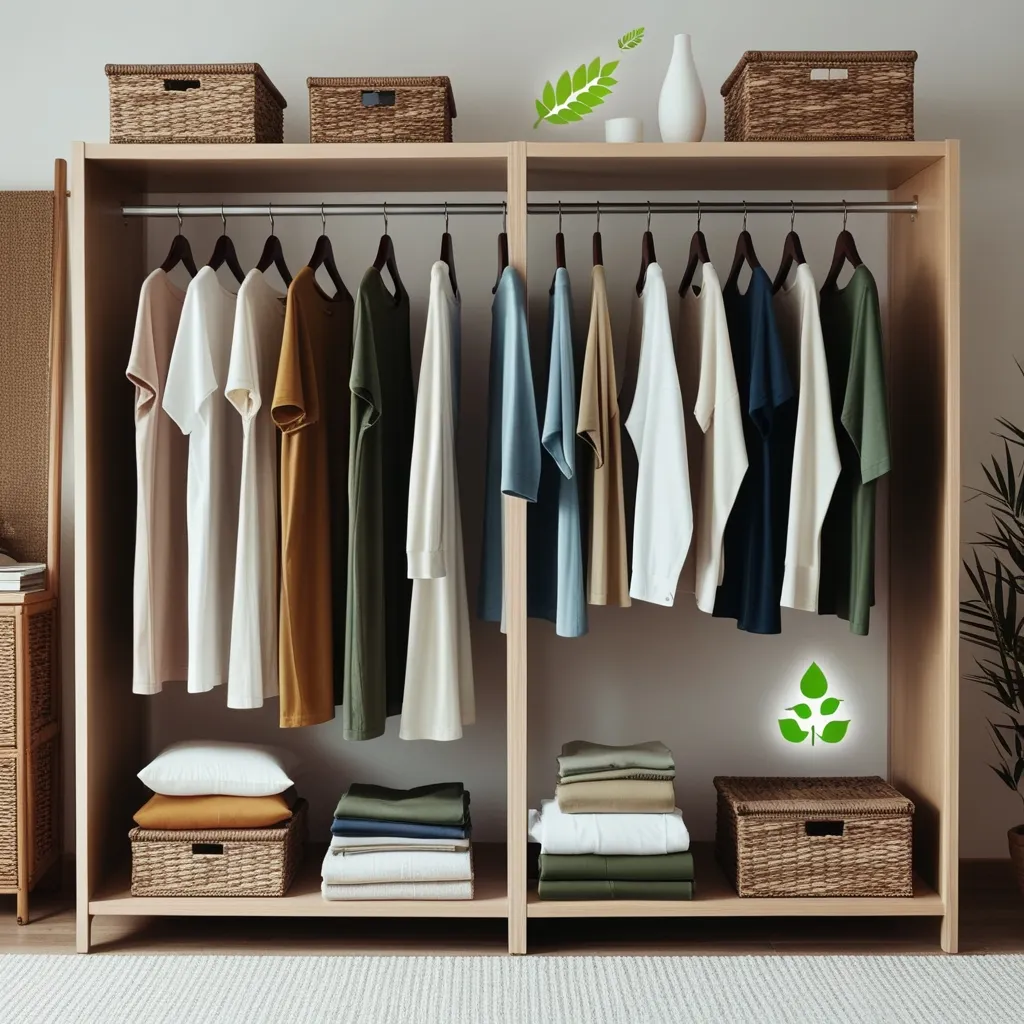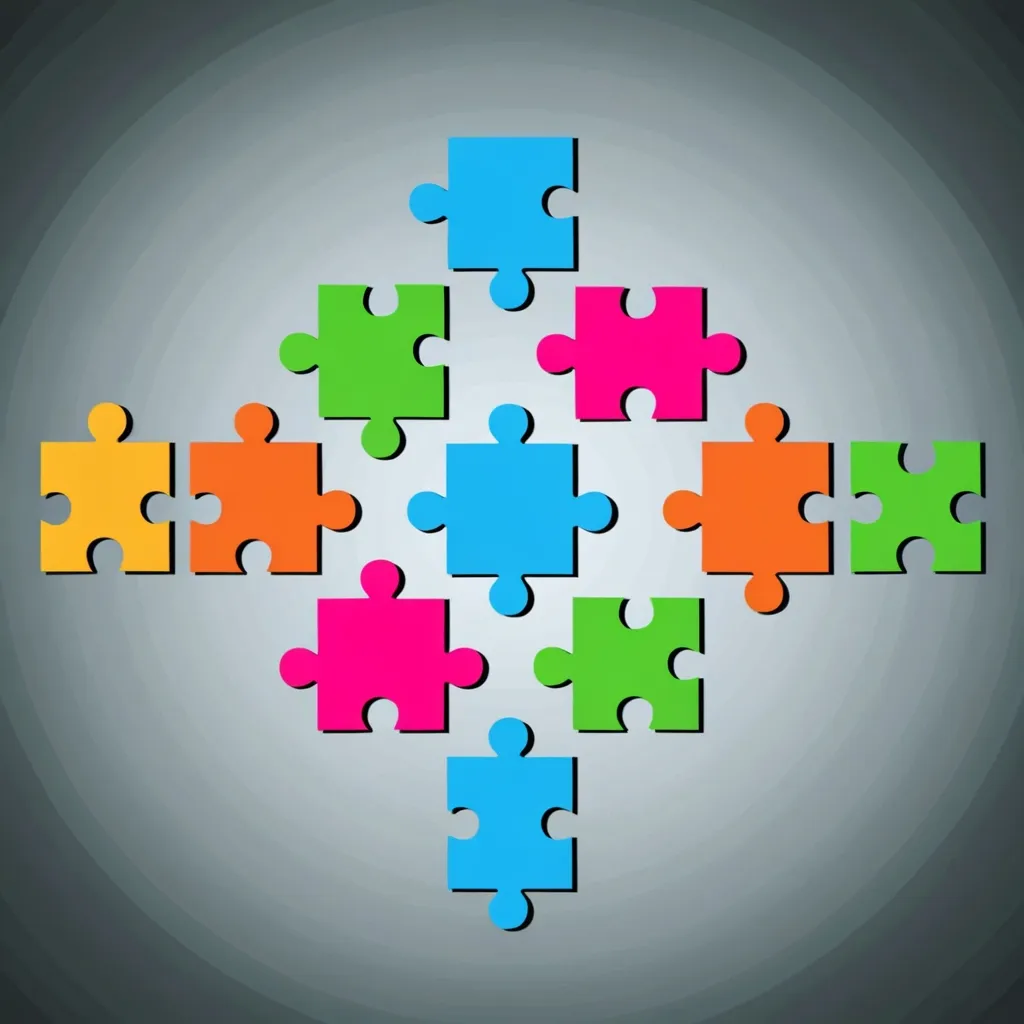Imagine this: a closet full of clothes that not only look amazing but also make you feel like you’re saving the planet one outfit at a time. In our fast-paced world brimming with ever-changing fashion trends, there’s something deeply grounding about making sustainable wardrobe choices.
The fashion industry, dazzling with glitz and glamour, hides a more troubling side. It’s shockingly one of the biggest polluters on Earth. So, what can you do? Opting for clothes made from sustainable materials is a solid first step. It’s kind of like choosing to recycle – small actions, big impact.
Sustainable materials aren’t just a fancy buzzword; they are the backbone of eco-friendly fashion. Take organic cotton, for instance. It’s grown minus all those nasty toxic pesticides and synthetic fertilizers that wreak havoc on our soil and water. Then there’s hemp and bamboo – they sound like something out of a wellness retreat but they’re practical heroes in our wardrobe. They grow super fast and need minimal water, making them awesome sustainable options.
Ever heard of recycled polyester? It’s made from plastic waste like old bottles. By turning this trash into fashion treasure, we cut down our reliance on new, virgin materials and, bonus, keep all that plastic out of landfills and oceans.
Now, let’s talk fast fashion. It’s like the fast food of the clothing world – quick, cheap, and everywhere. But just like that greasy burger, it comes with a host of problems. This model of “buy, wear, and toss” is ramping up textile waste at an insane rate – we’re talking about 80 billion new pieces of clothing consumed globally each year. And in the U.S., about 11 million tons of clothing hits the trash annually. Ouch.
This mass production doesn’t just clutter our wardrobes and landfills; it also guzzles up natural resources and spits out pollution. Think about it: for every outfit, the industry is draining healthy soil, dirtying up fresh water, and adding to air pollution. Greenhouse gases from fashion production even beat out the emissions from all those international flights we dream of taking.
So, how do we flip the script and make more sustainable wardrobe choices? It’s simpler than you might think.
First off, let’s ditch the throwaway mindset. Instead of snagging cheap, fast fashion that falls apart after a few wears, how about investing in high-quality pieces? Think of it as building a wardrobe with long-term partners rather than fleeting flings. Good quality clothes last longer, reducing waste and saving you cash in the long haul.
Scouting for clothes made from organic or recycled materials is another pro tip. Organic cotton and recycled polyester should be your new best friends. They offer the style you want without the environmental guilt.
Want to score some extra cool points? Support ethical brands. Dig a little deeper before buying – check out if the brand flaunts any certifications like Fair Trade, GOTS (that’s Global Organic Textile Standard), or B Corp. These badges often mean the brand cares about sustainability and treats its workers fairly.
If you love a good treasure hunt, thrift shopping is perfect. Second-hand stores, vintage shops, and even online platforms for pre-loved clothes are all fantastic options. It’s like giving clothes a second chance, and you might just find unique gems that make your style stand out.
Got a big event coming up? Instead of splurging on a dress you’ll wear once, consider renting it. There are plenty of online services now where you can rent chic outfits for a fraction of the price, and it’s way more sustainable than buying something new for every occasion.
And don’t forget the basics – take care of your stuff. Follow the washing instructions, fix minor damages, and wash in cold water. It’s a small effort that makes a big difference in how long your clothes last.
As consumers, our choices shape the market. Millennials and Gen Zers are leading the charge, increasingly opting for sustainable options. But it’s not always clear what “sustainable fashion” means, right? Brands can help by being transparent and straightforward about their eco-friendly practices. Clear information on websites and product tags can guide us in making better choices.
Looking ahead, the future of fashion is bright and green. Designers and retailers are innovating, like using every inch of fabric with clever patterns or creating new clothes from cutting room leftovers. Some are even designing reversible or adjustable sizes – more versatility, less waste.
Workshops and educational programs are popping up, encouraging us to think more sustainably about our clothes. These sessions not only teach you how to make, mend, or modify your clothing but also highlight the importance of sustainable choices in everyday life.
Remember, collective action adds up. By making sustainable choices in our wardrobes, we’re part of a bigger movement pushing for change. Hosting clothing swaps, repurposing old garments, and championing brands that prioritize sustainability are all ways to contribute.
To wrap it up, embracing sustainable fashion is a win for everyone. By focusing on sustainable materials, understanding the effects of fast fashion, making smart choices, and backing ethical brands, we can reduce waste, save resources, and uphold social responsibility. Each mindful purchase moves us toward a more sustainable world.






